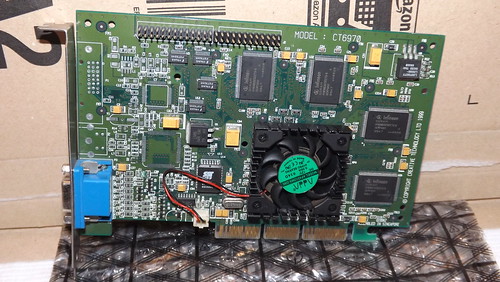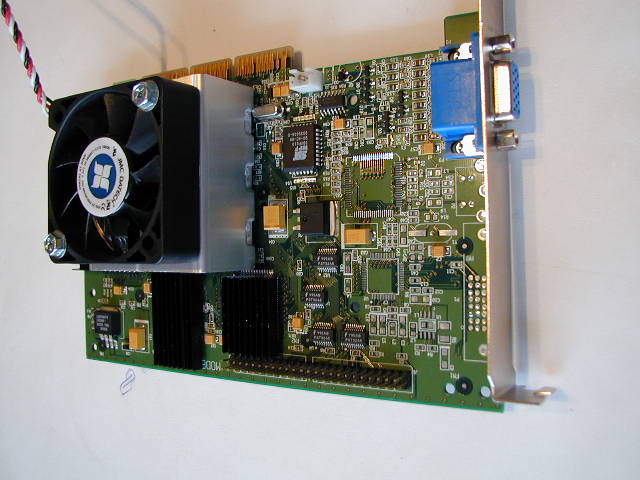First post, by W Gruffydd
I always thought the DDR version of the GeForce 256 was released in 2000. Then someone posted their December 23, 1999 receipt for GeForce 256 DDR. Now I've gotten my hands on a GeForce 256 DDR with 1999 manufacturing dates on everything.
Creative Labs 3D Blaster Annihilator Pro, Model CT6970. This happens to be the same model that the aforementioned owner bought, but it is not the same card.

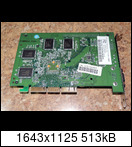
The PCB was manufactured week 45 of 1999 (November 14-20). All of the RAM was manufactured week 43 of 1999 (October 17-23).
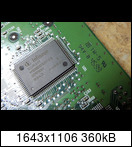
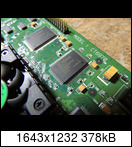
This chip may be from week 35 of 1999 (August 22-28):
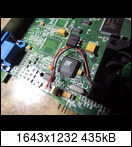
This isn't definitive; I can't say when every part of this card was made, and I have no idea how long it took them to get this card into retail channels after manufacturing was finished. But it is suggestive.

